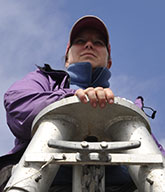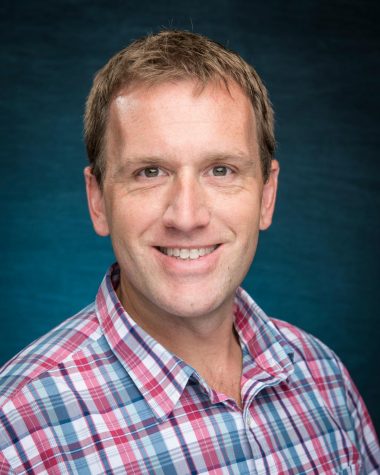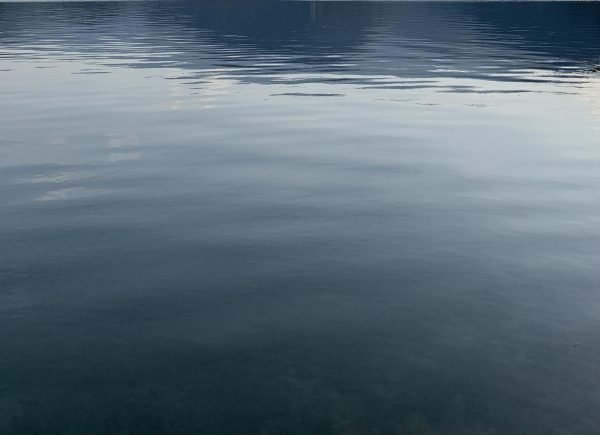UNCW faculty conduct barrier island research on Masonboro Island
A new research project is being conducted on Masonboro Island that could teach us how to predict the effects of both storms and calm periods on the habitats and ecosystems of the island.
Joseph Long, an assistant professor in the department of earth and ocean sciences, is leading the project titled “Beach Berms: The Missing Link to Predicting Decadal-scale Barrier Island Trajectories and Tipping Points?” Andrea Hawkes, a professor in the department of earth and ocean sciences, is the co-principal investigator.

Long became interested in coastal research early in life during trips to the beach as a child. At the start of his career, he worked as a civil environmental engineer designing water and wastewater treatments.

His research in graduate school focused on rip currents and has continued to research many different topics pertaining to coastal hazards. One of these topics is the evolution of beaches during storms, which is in part what motivated this project.
Much of the work will center on Masonboro Island, which is part of the National Estuarine Research Reserve and home to many different ecosystems. It is a nesting ground for loggerheads and green sea turtles, and the waters around the island serve as a nursery for many different species.
The managers of the reserve have questions about the way sand shifts and the directions that it will go that this projects’ research may answer. This research may also help the managers figure out how the changing dynamics of the habitat will affect ecosystems on the island.
According to Long, this project will look at the effect of both storms and calm periods on the island, particularly where the sand on the beaches moves depending on the situation.
“We are hoping to build out and not look at just storm time periods. Think about coastal managers: their most pressing questions are, ‘I have to manage this island, and I don’t want to know what’s going to happen just in one storm,” said Long. “I want you to be able to tell me over [a period of] five to ten years how it might look in the future. And that might include storms, but it will also include all the other ways that sand gets moved around during calm periods, winter storms and summer storms.”
“Mother Nature can rip sand away from a beach during a storm, but Mother Nature can always bring that sand back to the beach, blow it around in the wind and make sand dunes. So, we are trying to take what we learned at Masonboro Island by monitoring and measuring before and after storms [and see] if we can put all those pieces together to build a model for how the island might change over a five-to-ten-year period.”
Jesse Beckman, a graduate student from Virginia who is on Long’s team, is working to create that model. Long has been conducting research on the island for the past two years, and that research is proving integral to the creation of the model.
“[Since we are using Dr. Long’s data], it’s not just me running this model and going, ‘this might have been what happened,” said Beckman. “We can actually make comparisons and get a good idea of how well the model is actually recreating the observed changes on the island.”
They will be able to use this model to “predict the past,” as Long puts it, to then be able to see if their theories prove true. The model will have plenty of data to use—this project will last for the next three years, and the research that Long has done for the past two years can also be used.
“This is a three-year project: but our goal is to build a model that can predict ten years into the future,” said Long.
“Eventually, the project may go beyond Masonboro Island and North Carolina,” said Long.
“[After we build the model on Masonboro], we want to say, is this model only good for Masonboro? Or can we apply this thing that we’ve built to places other than Masonboro,” said Long.
The plan is currently to take the Masonboro model to Dauphin Island in Alabama, which is very similar to Masonboro Island. It is also a place where the U.S. Geological Survey, which is involved with this project, has conducted work before. In future projects, this model could be used in other places as well.
In January, the team established their second weather station in the island. The station can give them more information on the wind patterns and direction, which helps them to figure out where the sand is going. They also have a wave buoy offshore, and conduct things like walking surveys on the island to gather more data. With Masonboro Island being uninhabited, Beckman said it is the perfect place to “see how the natural processes work unobstructed.”







